Laptop Mag Verdict
The SteelSeries Arctis Nova Pro delivers great mic quality, ANC, simultaneous Bluetooth/2.4GHz audio, and solid battery life with unique hot-swappable batteries, but a few flaws hold it back from perfection.
Pros
- +
Strong battery life with interchangeable batteries
- +
Good built-in mic
- +
Solid active noise cancelling
- +
Simultaneous Bluetooth/2.4GHz audio
Cons
- -
Uncomfortable over long periods
- -
Heavy design
- -
Confusing Bluetooth/power buttons
Why you can trust Laptop Mag
It's easy to assume the most expensive product delivers the best experience, but that's not always the case, something I was reminded of while testing the SteelSeries Arctis Nova Pro.
I've been impressed by SteelSeries audio gear in the past, especially the Arctis GameBuds, which are my daily drivers. So I had high hopes for the Arctis Nova Pro. This premium gaming headset features a classy design, hot-swappable batteries, ANC, and a base station where you can control volume and settings.
While the Arctis Nova Pro wasn't a let-down, I still found myself reaching for the Arctis GameBuds or even the budget-friendly Arctis Nova 5X first, especially after noticing a few key drawbacks to SteelSeries's more premium headset. Regardless of whether or not the Arctis Nova Pro earns a spot on our list of the best gaming headsets, it did leave me wondering if sometimes the best device for your money is the cheapest one.
Here's a look at my experience testing out the SteelSeries Arctis Nova Pro and a few things you should know before deciding if it's worth your hard-earned cash.
SteelSeries Arctis Nova Pro: Price and configurations
The SteelSeries Arctis Nova Pro is available in two main configurations: the wired version for $249 and the wireless version for $349. Each has variants for PS5 and Xbox (either works with PC). The wired model is only available in black, but the wireless model comes in black and white.
To put that price into context, one of the Arctis Nova Pro's main rivals, the Razer BlackShark V2 Pro, costs significantly less at $199, but it doesn't feature ANC like the Arctis Nova Pro. That could be a deal breaker for some users. The build quality of the Arctis Nova Pro also seems better, with sturdier materials all around.
Our review unit is the wireless Xbox model in white.
SteelSeries Arctis Nova Pro: Design

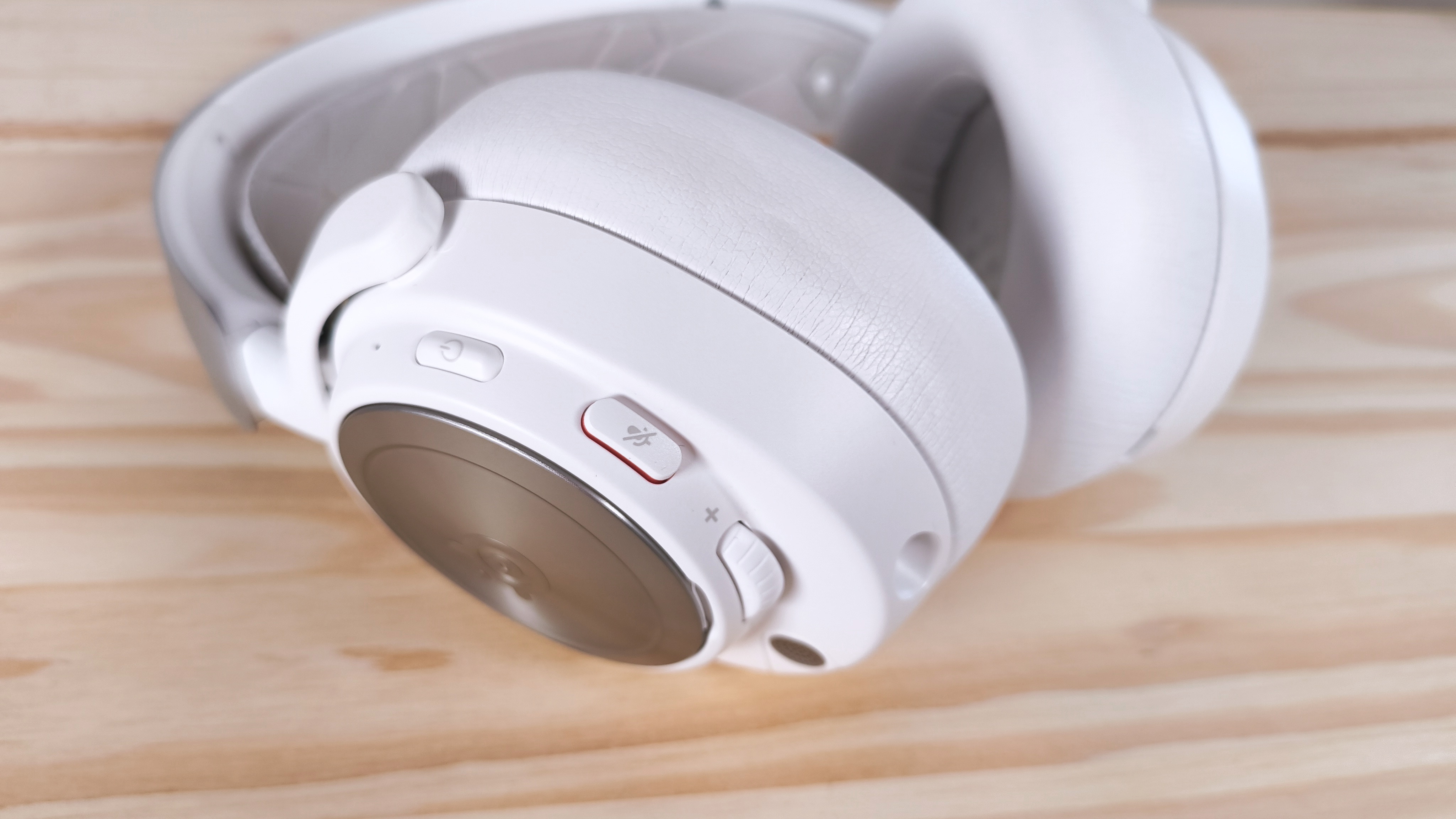
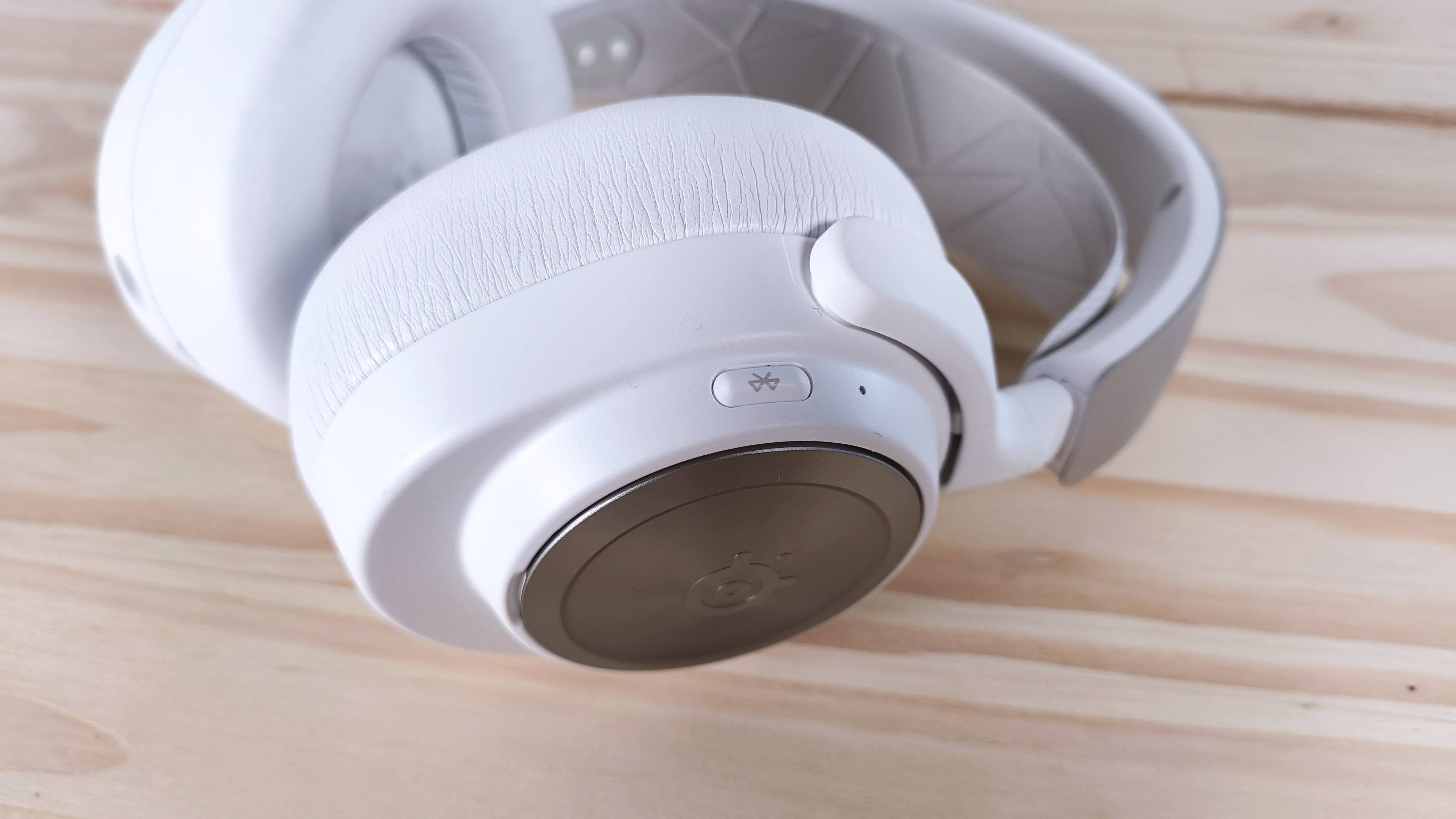
The SteelSeries Arctis Nova Pro offers a classier take on the Arctis design
The SteelSeries Arctis Nova Pro offers a classier take on the Arctis design than the more budget-friendly Arctis Nova 7X, complete with a metallic finish on the headband and faux leather ear cups. There’s a metallic accent piece on each ear cup, which hides the battery compartment and USB Type-C charging port.
The left ear cup holds most of the onboard controls, including a volume wheel, a mic mute button, and the power button. It’s also where you’ll find the collapsible built-in mic and the 3.5 mm headphone jack if you want to use the headset in wired mode. The Bluetooth button is located over on the right ear cup.
It’s worth noting that the Arctis Nova Pro is customizable with SteelSeries’s Arctis Nova booster packs, which contain replacement headbands and accent pieces in a variety of solid colors for $35 and special edition designs for $39.
SteelSeries Arctis Nova Pro: Comfort
The SteelSeries Arctis Nova 5X is one of my favorite gaming headsets when it comes to comfort, so I had high hopes for the premium Arctis Nova Pro.
Unfortunately, it wasn’t a perfect fit. While the suspension headband on the Pro is just as comfy, if not more so, than other SteelSeries headsets I’ve tried, I found that the Pro squeezed my head the most.
This isn’t helped by the faux leather ear pads, which made an annoying squeaking noise when they rubbed against the arms of my glasses. They also pressed against my glasses more than the softer fabric ear pads on the Arctis Nova 5X. So, if you also wear glasses, I’d recommend checking out the Nova 5X or, even better, the Arctis GameBuds.
That weight makes a huge difference when it comes to comfort
Another trait I'm not a fan of is the Arctis Nova Pro’s weight. As soon as I took it out of the box, I noticed it was significantly heavier than the SteelSeries Arctis Nova 7X and Nova 5X. At 1.14 pounds, the Arctis Nova Pro is noticeably heavier than the Arctis Nova 7X (0.71 pounds) and twice as heavy as the Arctis Nova 5X (0.59 pounds).
That weight makes a huge difference when it comes to comfort, especially if you often wear your headphones for hours on end like I do. The stiff faux leather ear pads don't help either and, if anything, just made the pressure of the heavy headset more noticeable since they don't provide as much cushioning as the fabric earpads on other SteelSeries headsets.
Some of these comfort issues might not be a problem if you don’t wear glasses or have a larger head, but for me at least, the Arctis Nova Pro was not as comfortable as SteelSeries’ other gaming headsets.
SteelSeries Arctis Nova Pro: Audio quality

Considering the “Pro” in its name, I expected the SteelSeries Arctis Nova Pro to deliver the best audio quality in the SteelSeries line-up.
Considering the “Pro” in its name, I expected the SteelSeries Arctis Nova Pro to deliver the best audio quality in the SteelSeries line-up. It didn’t let me down, but it didn’t blow me away either.
The audio quality is definitely better than what I heard on the Arctis Nova 5X, but the quality gap could’ve been wider. The Arctis Nova Pro delivers more detail and depth all around, but if I were to do a blind listening test with the Pro and the Nova 5X, I’d have a hard time telling them apart by sound quality alone.
That’s not to say the Arctis Nova Pro sounds bad. It’s more that SteelSeries already offers fairly strong audio quality even in its lower-end gaming headsets so the difference is not particularly noticeable.
I generally enjoyed the listening experience on the Arctis Nova Pro. The haunting string melodies in the soundtrack for A Plague Tale: Innocence were rich and warm, showing off the Pro’s strong mids. Dialogue, nature ambience, and combat sound effects were crisp and clear, as well, with a good balance across the board (i.e. music didn't muddy up dialogue or vice versa).
The bass is pretty good, as well, although it isn’t quite as clear and detailed as the mids and highs, as I noticed while listening to “Rabbit Heart” by Florence + The Machine, where I could tell the bass was a bit muddy.
The Arctis Nova Pro also features Active Noise Cancellation (ANC). You can turn it on with a single tap on the power button or through the audio options menu in the Arctis Nova Pro base station.
It was able to block out the noise of a lawnmower next door, the hum of my PC fans, and the neighbor's dog barking fairly well all around. It's pretty good ANC for the price and seems on par with the Arctis GameBuds, although they’re still a bit better at ANC thanks to the more sculpted earbud form factor.
SteelSeries Arctis Nova Pro: Microphone
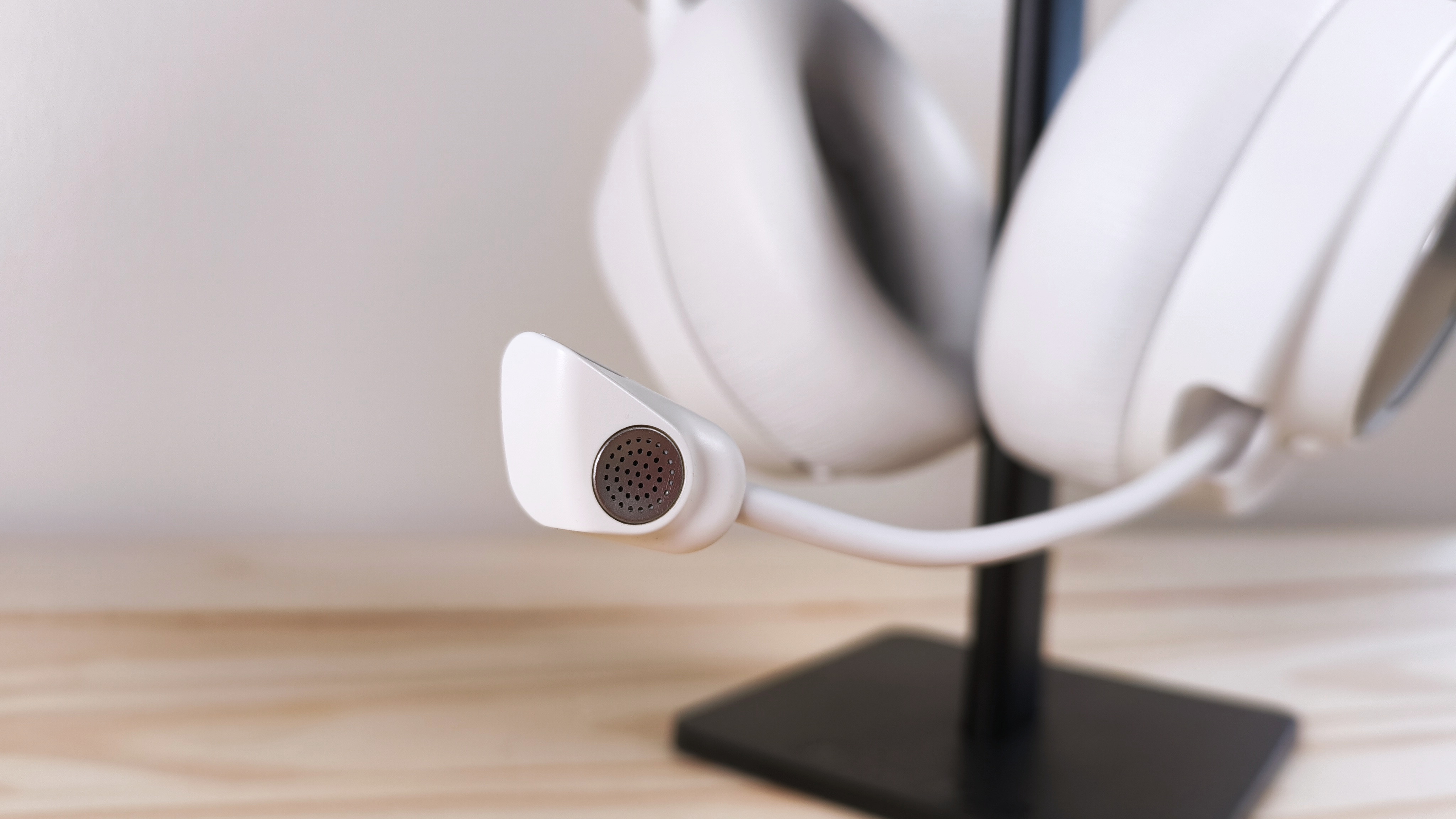
The built-in mic on the Arctis Nova Pro was noticeably clearer and of higher quality than most other gaming headset mics
The built-in mic on the Arctis Nova Pro was noticeably clearer and of higher quality than most other gaming headset mics in my test recordings. I was relieved to see it outperformed the less expensive Arctis Nova headsets, too, since at this price, I’d expect premium mic quality.
The built-in mic might not be a Shure SM7B, but it’s surprisingly clear and accurate, with good background noise cancellation. I didn’t notice any popping or distortion, although if you lower your voice too much, the mic could lose it a bit.
Overall, though, this mic is solid for the price. If you prefer not to use a dedicated mic, it’s a good alternative. In my test recordings, it was on par with my Razer Seiren V3 Chroma USB mic.
SteelSeries Arctis Nova Pro: Battery life
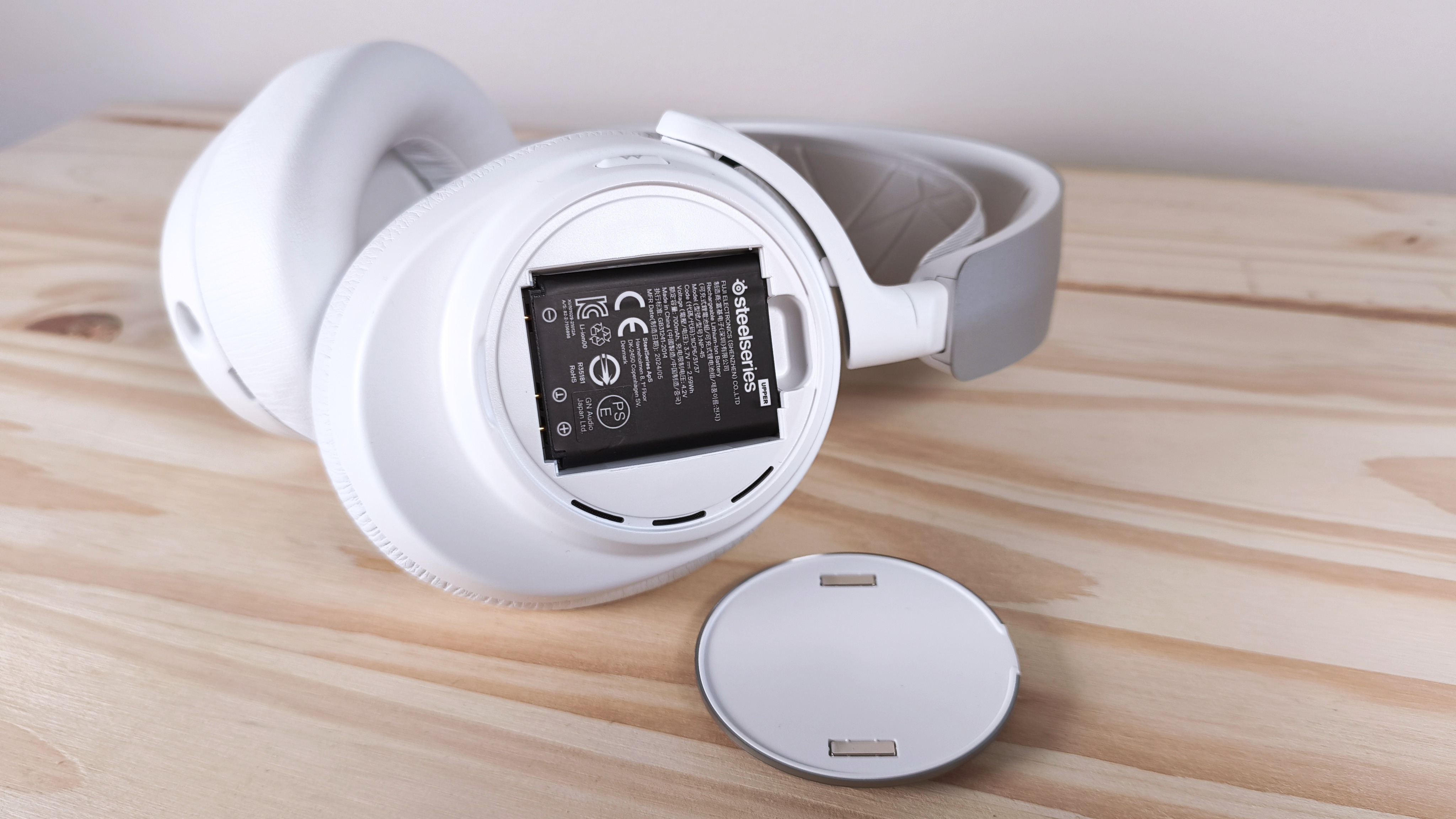
Perhaps the most unique feature of the Arctis Nova Pro is its interchangeable batteries.
Perhaps the most unique feature of the Arctis Nova Pro is its interchangeable batteries. SteelSeries includes two small batteries in the box, which you recharge by popping them into the base station.
Once one battery dies, just swap it out with the spare by sliding off the metal accent on the right ear cup where you’ll find the battery compartment. You can also charge the headset itself using a USB Type-C port hidden under the metal accent on the left ear cup.
That means you can have two full batteries with you at once, which could come in handy if you often travel with your headphones (or just forget to charge them like I do). Of course, the Arctis Nova Pro is pretty bulky, so it might not be the most travel-friendly headset, but the hot-swappable batteries are still a cool design feature.
While SteelSeries might advertise “unlimited” battery life on the box here, the battery life on the Arctis Nova Pro is fairly average. Each individual battery delivers up to 22 hours of audio, for a total of 44 hours if you include both batteries. That's about 14 hours more than the Arctis Nova 7X, but significantly less than the Razer BlackShark V2 Pro (70 hours). To never stop to charge, you’d need a fully charged spare on hand at all times.
SteelSeries Arctis Nova Pro: Connectivity
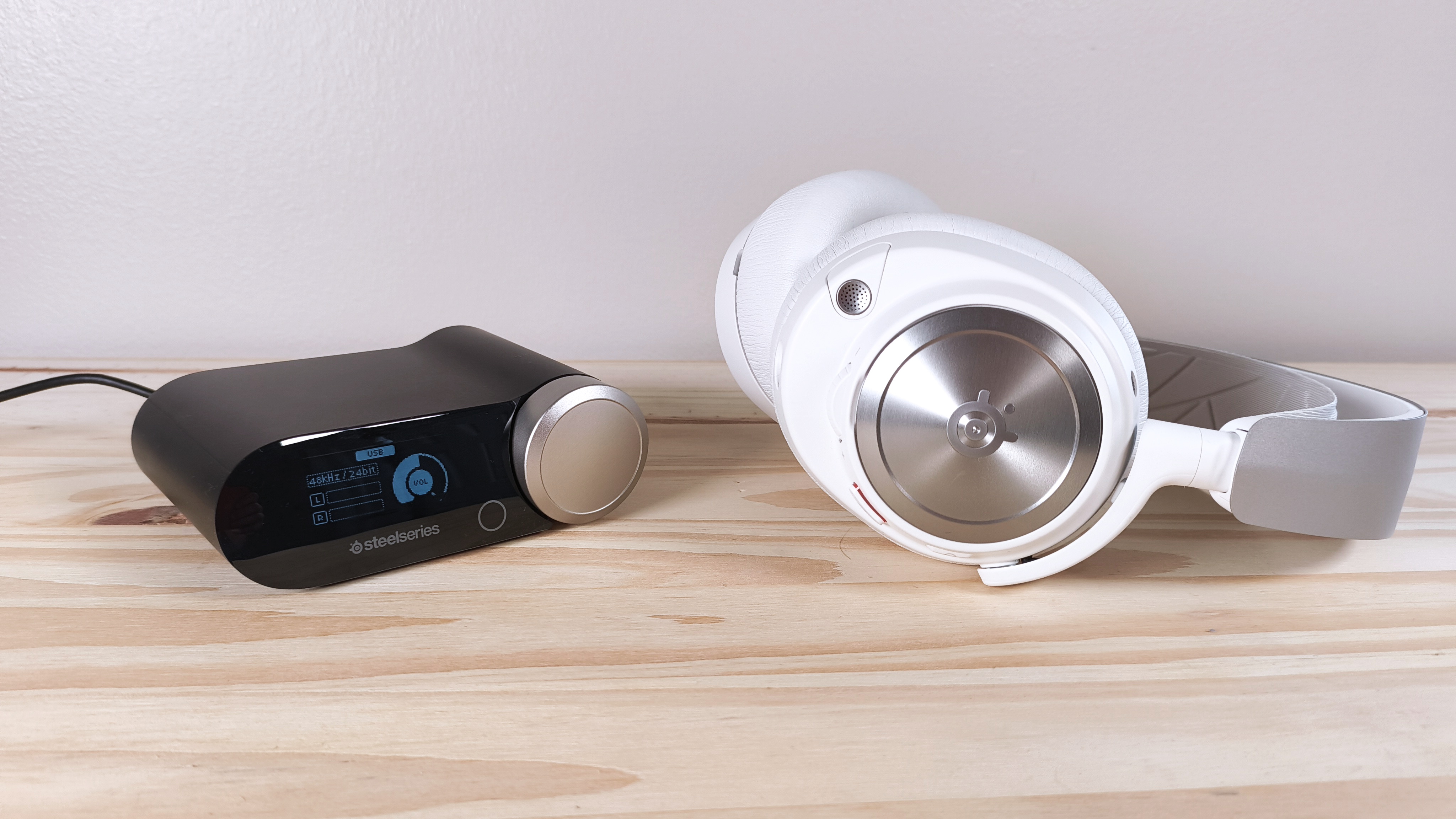
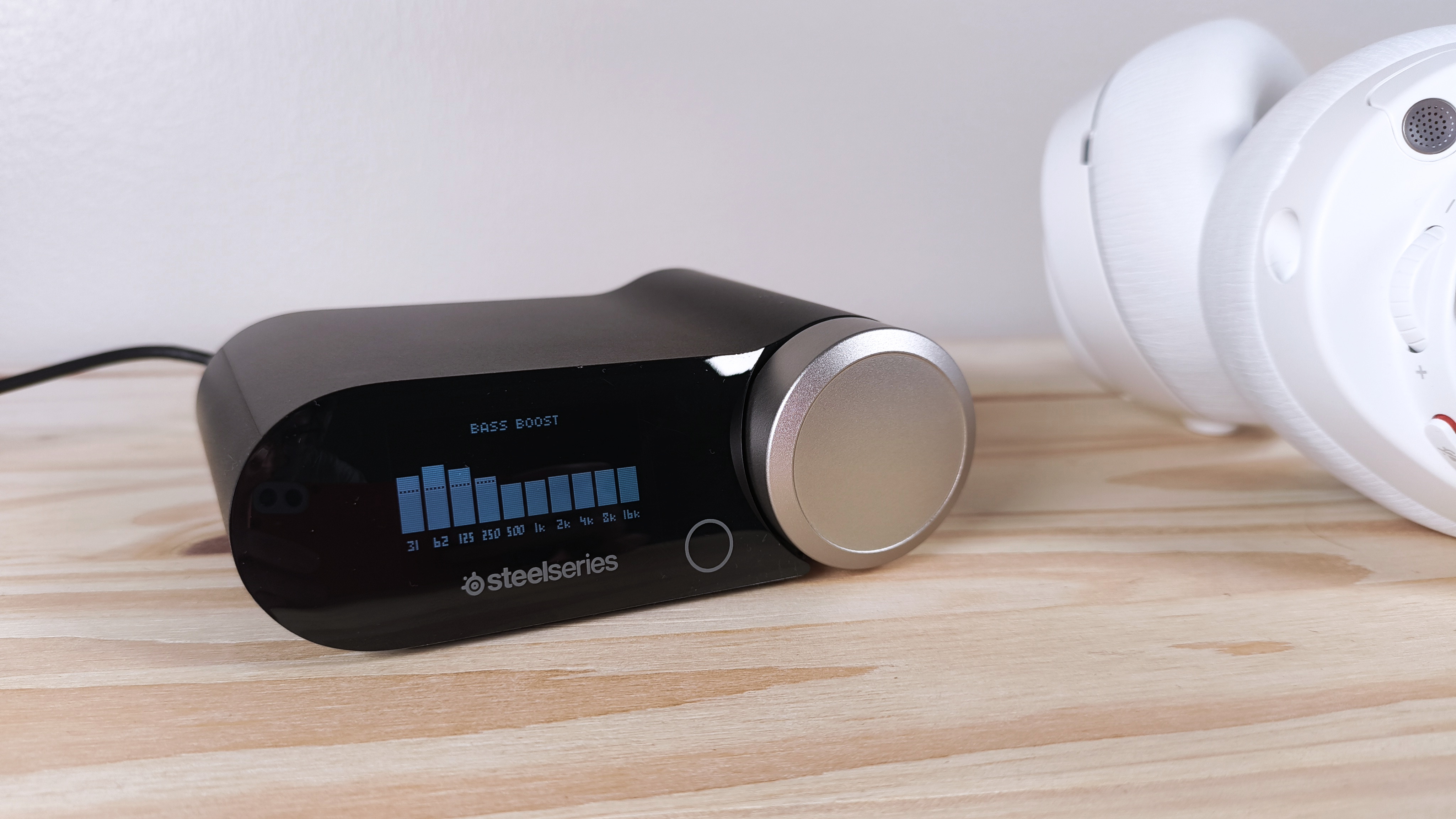
You can use the SteelSeries Arctis Nova Pro wired or with 2.4GHz or Bluetooth wireless. There's actually no 2.4GHz dongle included in the box because the base station doubles as the 2.4GHz receiver.
From the base station, you can adjust your headset's volume and settings while also recharging your spare battery. While it's not a must-have accessory, it's nice being able to swap EQ presets directly from the base station instead of the SteelSeriesGG app and I appreciate the volume knob. This is definitely a desk accessory, though, and not something you'd be using on the go.
The Arctis Nova Pro also features simultaneous Bluetooth/2.4GHz audio, meaning you can get audio input from two devices at once. Make sure you turn on and connect Bluetooth first, then hit the regular power button to turn on your 2.4GHz connection, and you should be good to go.
Both input sources sounded pretty clear in my testing, like playing music and game audio simultaneously, but this could also be handy if you're on a call or voice chat on a separate device from what you're gaming on.
One thing I don’t particularly like about the Arctis Nova Pro is how it sports separate buttons for power and Bluetooth.
One thing I don’t particularly like about the Arctis Nova Pro is how it sports separate buttons for power and Bluetooth. You might think you should turn on the headset and then turn on Bluetooth if you want to use it in Bluetooth mode, but that’s not the case. Instead, you have to start with the headset powered off and only turn on Bluetooth.
The SteelSeries Arctis Nova 7X is also set up like this, and I’m not a fan of how confusing it is. The SteelSeries Arctis GameBuds and Arctis Nova 5X both have a much more straightforward system where you swap between 2.4GHz and Bluetooth mode with a single button press.
It’s also worth noting that I ran into an odd issue with my original review unit for the Arctis Nova Pro. It was completely undiscoverable on Bluetooth on every device I attempted to pair it with, making it impossible to use it via Bluetooth.
SteelSeries sent over a new review unit, which worked completely fine, so the issue could have been a fluke defect, but if this happens to you when you try to set up your Arctis Nova Pro headset, you should be able to get a replacement by contacting SteelSeries customer service.
SteelSeries Arctis Nova Pro: App
You can customize the SteelSeries Arctis Nova Pro through the SteelSeriesGG app or the Arctis mobile app.
You'll find the headset's settings under the "Engine" tab in SteelSeries GG, where you can swap between different audio profiles, including custom profiles for a variety of popular games. You can make your own profile, as well, if none of those are to your liking.
Those same basic audio settings are also accessible in the mobile app. It's designed specifically for SteelSeries audio gear, which means it's a bit more streamlined than the desktop app.
If you want even more audio customization, you can also activate SteelSeries Sonar, which allows you to split up your audio into different channels (i.e. game, chat, mic, etc.). You can then adjust your settings for each channel individually.
If you're not a fan of either app, you can also access some basic audio settings through the base station, including EQ presets, ANC, and system settings. Just press and hold the volume wheel button to hop into the settings menu. I personally preferred using this method since it's usually faster and easier than going through SteelSeriesGG.
Bottom line
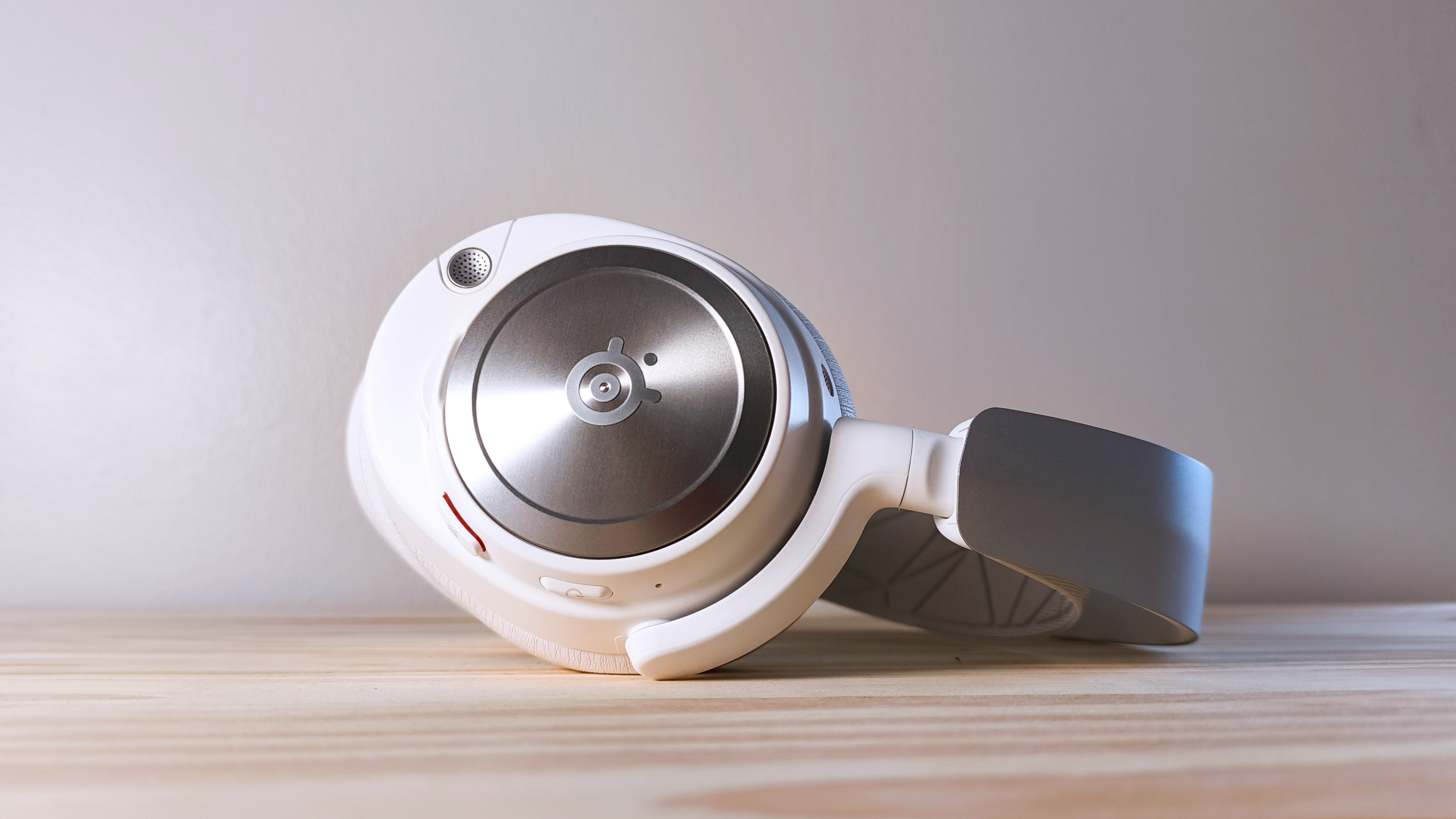
The Arctis Nova Pro could be a good fit if you’re mainly focused on style, mic quality, and active noise cancellation.
The SteelSeries Arctis Nova Pro has a lot going for it, particularly ANC, simultaneous Bluetooth/2.4GHz audio, and a high-quality mic. However, the fit and comfort might not be for everyone, and the audio quality isn't a huge leap ahead of SteelSeries's less expensive headsets.
The Arctis Nova Pro could be a good fit if you’re mainly focused on style, mic quality, and active noise cancellation. However, it’s not a good option if you wear glasses, in which case the Arctis GameBuds would probably be the best pick. Even if you don’t wear glasses, I found the less expensive Arctis Nova 5X far more comfortable with its lighter design and softer ear pads.
The base station and interchangeable batteries are cool features, but for the average user, they’re probably not worth paying double the price of the Arctis Nova 5X. The main deal breakers that give the Arctis Nova Pro an edge are the inclusion of ANC, a superior built-in mic, and the option for simultaneous Bluetooth and 2.4GHz audio.
If those are must-haves for you, the Nova Pro is a good pick. Otherwise, the Arctis Nova 7X or Nova 5X will probably be better value picks thanks to their lower prices. Unfortunately for SteelSeries, the budget-friendly Arctis Nova 5X is already so good that it makes it tough to recommend paying more for the Pro over the 5X, the GameBuds, or other top picks from the best gaming headsets.

Stevie Bonifield is a freelance tech journalist who has written for PC Gamer, Tom's Guide, and Laptop Mag on everything from gaming to smartwatches. Outside of writing, Stevie loves indie games, TTRPGs, and building way too many custom keyboards.
You must confirm your public display name before commenting
Please logout and then login again, you will then be prompted to enter your display name.

